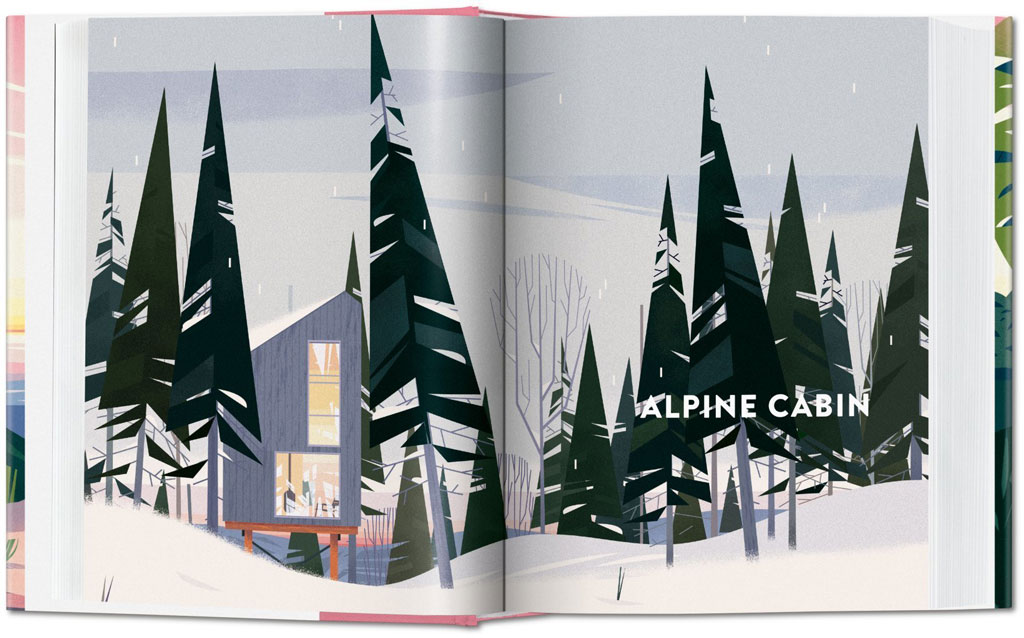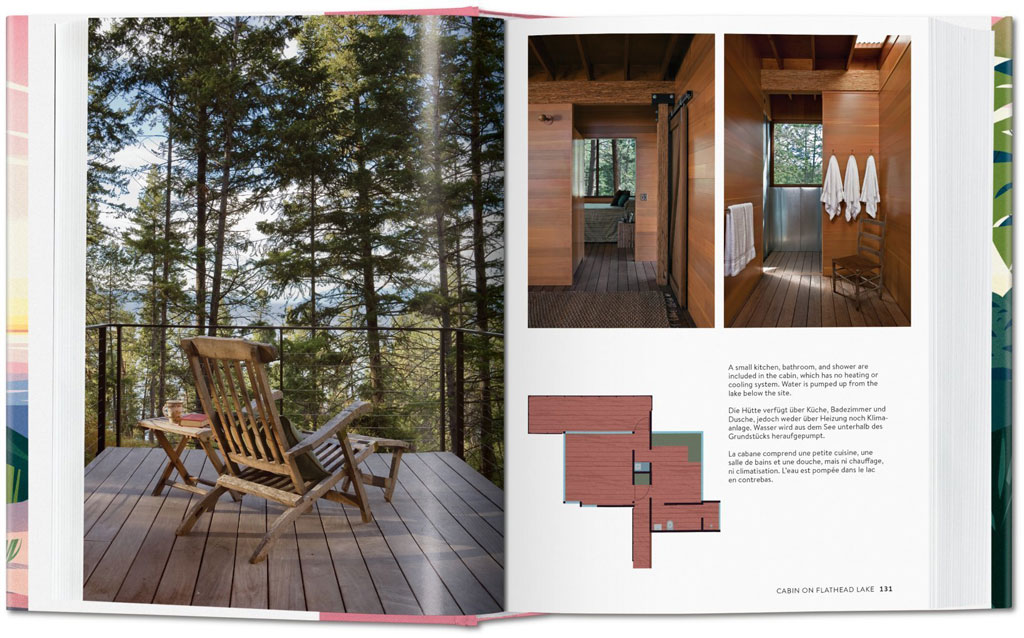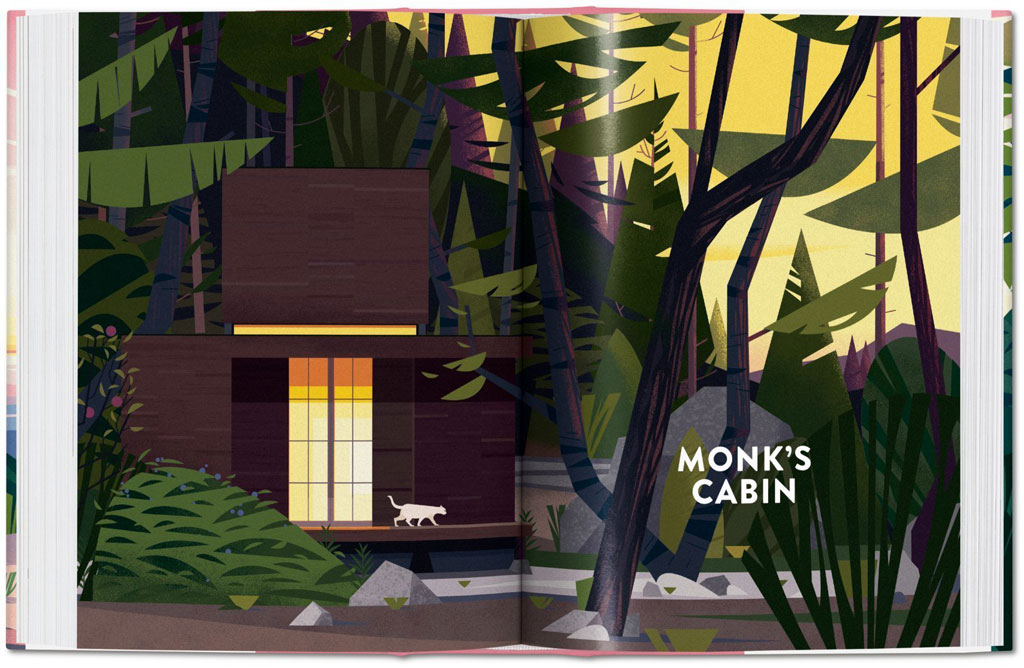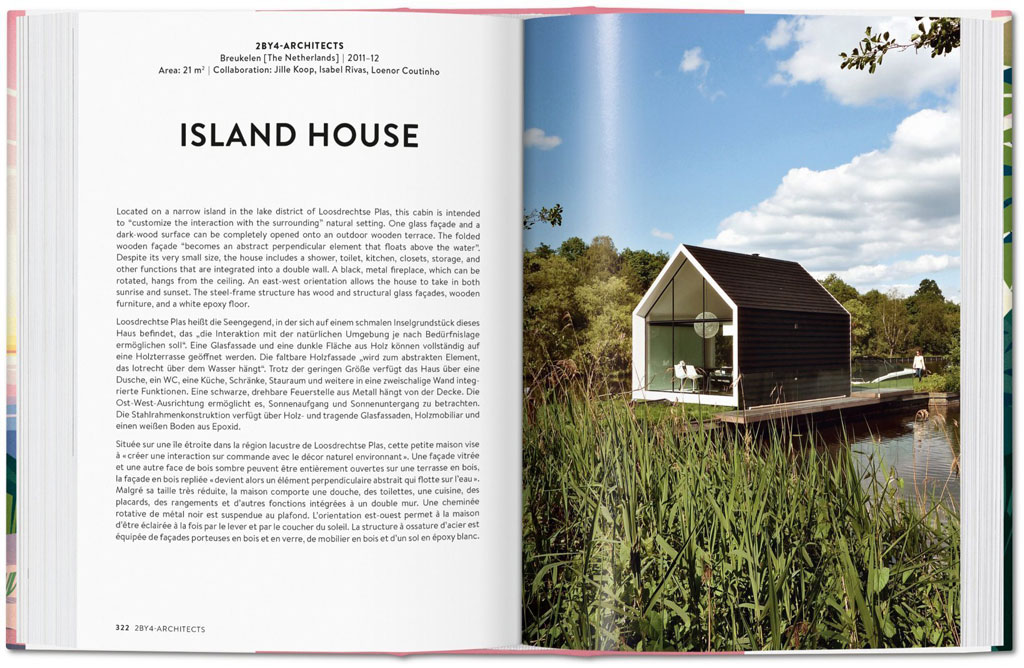BOOK:Cabins,Taschen Publications
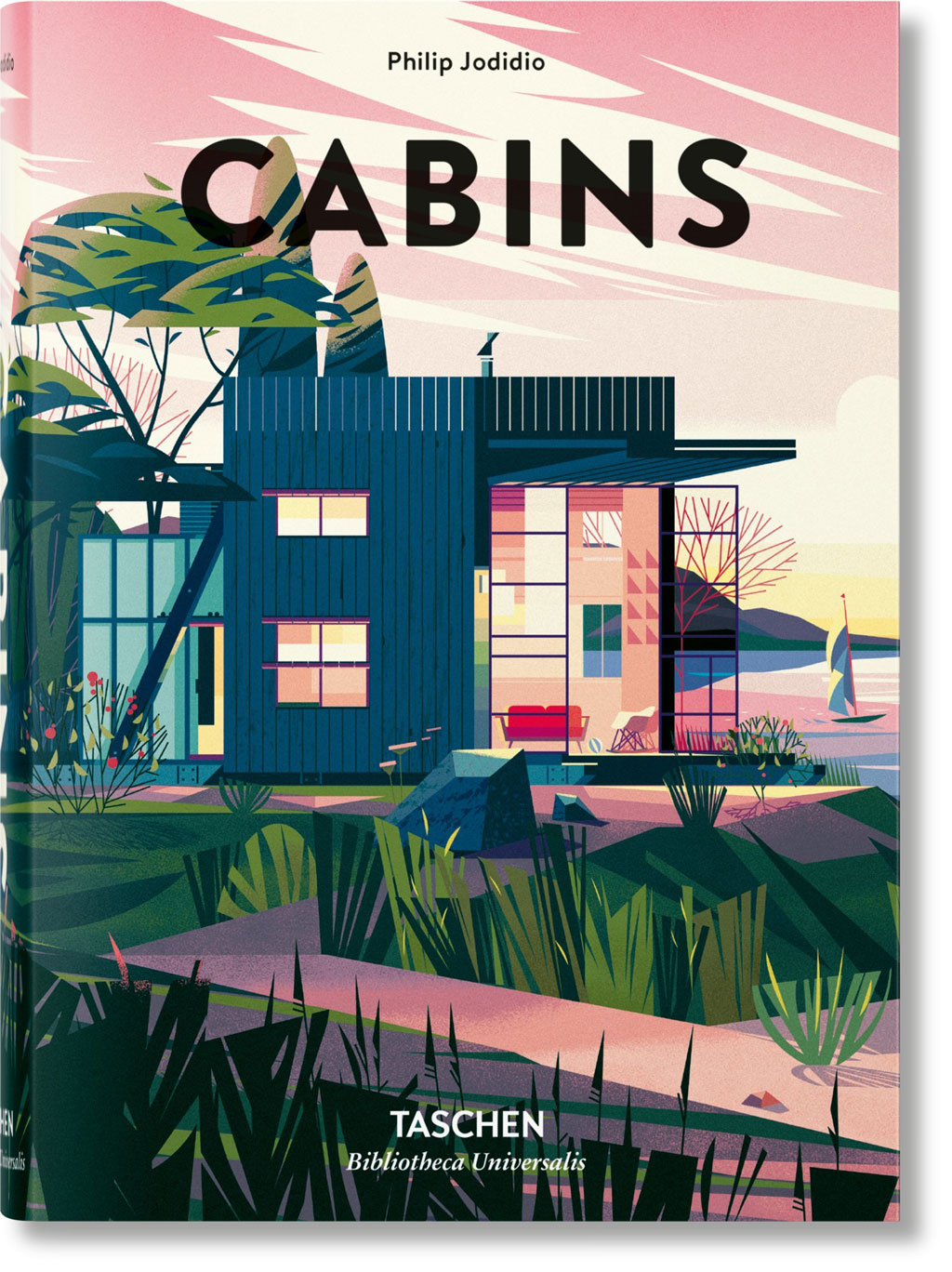 Ever since Henry David Thoreau described his refuge existence at Walden Pond, Massachusetts, in “Walden” or “Life in the Woods” (1854), the idea of a cabin dwelling has seduced the modern psyche. “Walden” details Thoreau’s experiences over the course of two years, two months, and two days in a cabin he built near Walden Pond amidst woodland owned by his friend and mentor Ralph Waldo Emerson. Thoreau used this time to write his first book, “A Week on the Concord and Merrimack Rivers” (1849). The experience later inspired Walden, in which Thoreau compresses the time into a single calendar year and uses passages of four seasons to symbolize human development. In the past decade, as our material existence and environmental footprint has grown exponentially, architects around the globe have become particularly interested in the possibilities of the minimal, low-impact, and isolated abode. The Bibliotheca Universalis edition of “Cabins” by Taschen Publications combines insightful text, rich photography, and bright, contemporary illustrations by Marie-Laure Cruschi to show how this particular architectural type presents special opportunities for creative thinking. In eschewing excess, the cabin limits actual spatial intrusion to the bare essentials of living requirements, while in responding to its typically rustic setting, it foregrounds eco-friendly solutions. The cabin comes to showcase some of the most inventive and forward-looking practices of contemporary architecture, with Renzo Piano, Terunobu Fujimori, Tom Kundig, and many fresh young professionals all embracing such distilled sanctuary spaces. The book showcases the variety of cabins in use and geography. From an artist studio on the Suffolk coast in England to eco-home huts in the Western Ghats region of India, this collection is as exciting in its international reach as it is in its array of briefs, clients, and situations. Constant throughout, however, is architectural innovation, and an inspiring sense of contemplation and coexistence as people return to nature and to a less destructive model of being in the world.–Efi Michalarou
Ever since Henry David Thoreau described his refuge existence at Walden Pond, Massachusetts, in “Walden” or “Life in the Woods” (1854), the idea of a cabin dwelling has seduced the modern psyche. “Walden” details Thoreau’s experiences over the course of two years, two months, and two days in a cabin he built near Walden Pond amidst woodland owned by his friend and mentor Ralph Waldo Emerson. Thoreau used this time to write his first book, “A Week on the Concord and Merrimack Rivers” (1849). The experience later inspired Walden, in which Thoreau compresses the time into a single calendar year and uses passages of four seasons to symbolize human development. In the past decade, as our material existence and environmental footprint has grown exponentially, architects around the globe have become particularly interested in the possibilities of the minimal, low-impact, and isolated abode. The Bibliotheca Universalis edition of “Cabins” by Taschen Publications combines insightful text, rich photography, and bright, contemporary illustrations by Marie-Laure Cruschi to show how this particular architectural type presents special opportunities for creative thinking. In eschewing excess, the cabin limits actual spatial intrusion to the bare essentials of living requirements, while in responding to its typically rustic setting, it foregrounds eco-friendly solutions. The cabin comes to showcase some of the most inventive and forward-looking practices of contemporary architecture, with Renzo Piano, Terunobu Fujimori, Tom Kundig, and many fresh young professionals all embracing such distilled sanctuary spaces. The book showcases the variety of cabins in use and geography. From an artist studio on the Suffolk coast in England to eco-home huts in the Western Ghats region of India, this collection is as exciting in its international reach as it is in its array of briefs, clients, and situations. Constant throughout, however, is architectural innovation, and an inspiring sense of contemplation and coexistence as people return to nature and to a less destructive model of being in the world.–Efi Michalarou